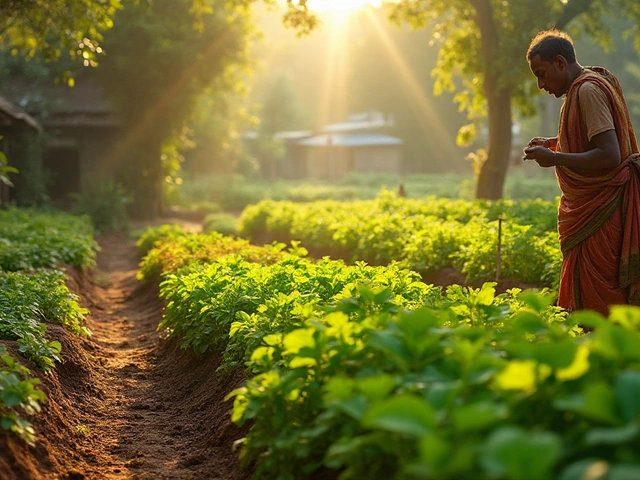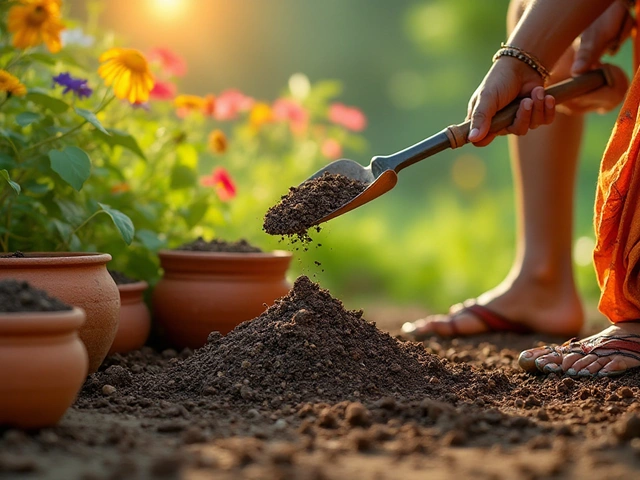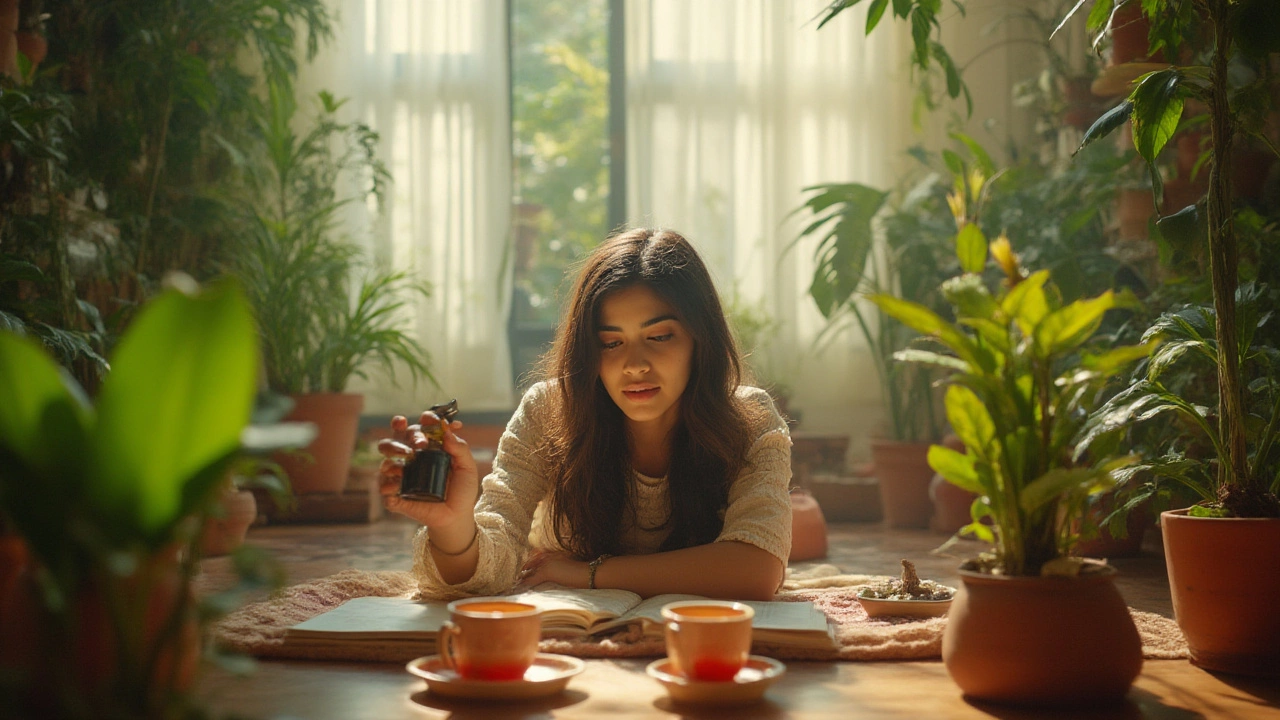Plant Humidity Tips: Simple Ways to Keep Your Greens Happy
Ever notice your spider plant drooping or your pothos getting brown leaf tips? Too dry air is often the culprit. Most indoor plants love a little extra moisture in the air, especially during winter when heaters strip the room of humidity. Below you’ll find easy, low‑cost tricks to boost humidity and keep your houseplants looking their best.
Why Humidity Matters
Plants breathe through tiny pores called stomata. When the air is dry, these pores lose more water than the roots can replace, leading to wilted leaves, brown edges, and slower growth. Tropical species like ferns, orchids, and calatheas are especially picky – they naturally grow under a rainforest canopy where humidity stays above 60%.
Even hardy plants benefit from a modest humidity bump. A more humid environment reduces stress, improves nutrient uptake, and helps the plant focus on new growth instead of fighting dehydration. In short, happy humidity equals healthy foliage.
Easy Ways to Boost Humidity
1. Group Your Plants – When you place several pots together, each one releases moisture. The mini‑microclimate they create can raise local humidity by 10‑15% without any extra effort. Just be sure the group gets enough light.
2. Use a Pebble Tray – Fill a shallow tray with pebbles, add water, and set the pot on top. As the water evaporates, the air around the plant becomes moist. Replace the water when it looks low, and you’ll see a difference within a day.
3. Mist Sparingly – Light misting with a spray bottle can give a quick humidity boost, but avoid soaking leaves for long periods – that can cause fungal issues. Mist in the morning so the water can dry before nightfall.
4. Cover with a Humidity Dome – Small clear plastic or glass containers work well for cuttings or tiny seedlings. They trap moisture and create a mini greenhouse. Open the cover briefly each day to allow fresh air in.
5. Run a Humidifier – If you have several humidity‑loving plants, a room humidifier is a worthwhile investment. Set it to 50‑60% and let it run overnight during the dry season.
6. Choose the Right Water – Tap water often contains chlorine, which can dry out leaves. Let the water sit for a few hours before using it. This also lets dissolved gases escape, making the water gentler on plant roots.
Remember to monitor your plants after making changes. Look for greener leaves, fewer brown tips, and a more robust overall appearance. If you notice the soil staying soggy, cut back on watering rather than adding more humidity.
Putting these tips into action doesn’t require a green‑thumb degree. A few minutes of effort each week can transform a dry, struggling indoor garden into a thriving oasis. Try one or two methods, see what works for your space, and enjoy the healthier, lusher plants you’ve created.
Do Houseplants Need Misting? Truths About Indoor Plant Humidity Care
Do houseplants really need misting, or is it just another gardening myth? Learn what works, what doesn’t, and how to set up the best humidity for your indoor plants.
About
Indoor Plant Care
Latest Posts


Discover Seasonal Blooms: India's Month-Specific Flowers
By Alden Thorne Jan 14, 2025

Easy Ways to Loosen Compacted Soil Without Tilling
By Alden Thorne Jan 17, 2025

Permaculture Gardening: What It Means and How to Get Started
By Alden Thorne May 7, 2025

